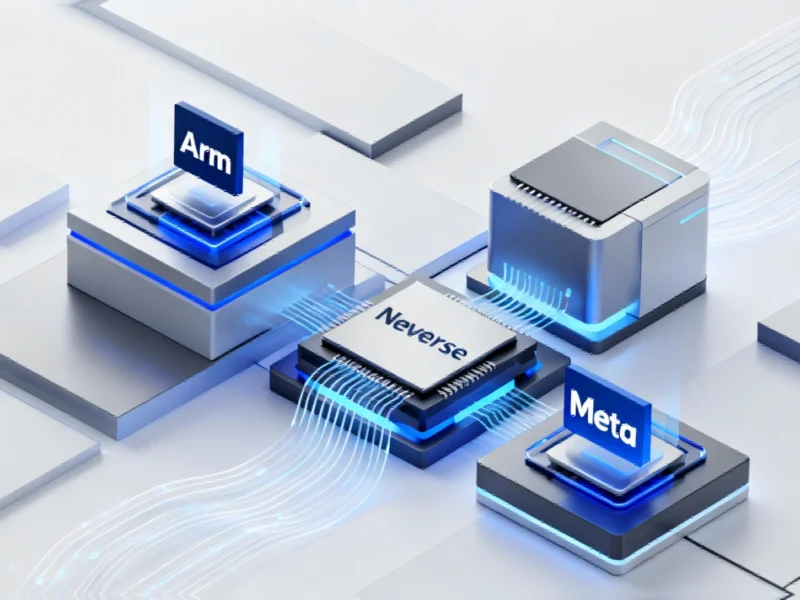According to Fortune, Bank of America’s annual technology spending has reached $13 billion, with $4 billion dedicated to strategic growth initiatives. At the bank’s first investor day in 15 years, technology chief Gopalkrishnan outlined how AI investments are being prioritized across all eight business lines. The bank’s Erica virtual assistant has surpassed 3 billion client interactions since 2018 and now handles 58 million monthly interactions while reducing IT service desk calls by 50%. Bank of America has explored 45 generative AI proof concepts with 15 already commercially live, including tools that summarize market commentary for investment bankers. The bank has spent $1.5 billion on data capabilities over five years to support AI adoption, while 18,000 developers now use AI coding assistants that have boosted productivity by 20%.
The enterprise-wide AI play
Here’s what really stands out about Bank of America’s approach: they’re not chasing small efficiency gains. Gopalkrishnan explicitly said he’s less interested in tools that save “a couple minutes on simplistic workplace tasks.” Instead, they’re reimagining entire client journeys that involve “40-plus processes and thousands of employees.” That’s a fundamentally different mindset from companies just slapping AI onto existing workflows.
And the scale is staggering. When you’re spending $13 billion annually on tech, you’d better have a clear strategy. The focus on enterprise-wide applications means every AI tool they build has to work across consumer lending, capital markets, retail banking – everything. That’s why Erica became such a priority – it serves both customers and employees, with 90% of their 213,000-person workforce using the internal version regularly.
Meanwhile in the wider AI world
While banks are cautiously scaling AI, the tech giants are going all-in despite investor concerns. Meta, Alphabet, Microsoft, and Amazon all told investors they’re increasing AI spending even more in 2026. But here’s the thing – we’re starting to see cracks in the AI valuation halo. Microsoft and Meta both saw stock drops amid concerns about the “lofty levels of spending needed to support their AI ambitions.”
Then there’s the Nvidia phenomenon. They just became the first $5 trillion company, which is absolutely mind-blowing when you think about it. They’ve secured over $500 billion in AI chip orders through next year. Basically, everyone needs their hardware, from Eli Lilly to Uber to Johnson & Johnson.
OpenAI’s making moves too – they just inked a $38 billion compute deal with Amazon, which is significant because it’s one of their first big steps away from exclusive reliance on Microsoft. And Sam Altman is getting seriously bullish on revenue, hinting they could hit $100 billion by 2027 rather than 2028-2029.
The governance gap
An EY survey revealed something crucial that every company should pay attention to: while nearly every company has suffered financial losses from AI incidents (averaging over $4.4 million in damages), those with stronger governance are seeing far fewer problems and better returns. Companies with real monitoring and oversight committees were 34% more likely to see revenue growth improvements and 65% more likely to achieve cost savings.
But here’s the concerning part: when asked to identify appropriate controls against AI risks like hallucinations and bias, only 12% of C-suite executives answered correctly. CTOs and CIOs did best at 26% and 24%, while chief operating officers (6%) and chief marketing officers (3%) were at the bottom. That’s a massive knowledge gap at the leadership level.
What it all means
Bank of America’s approach shows how mature enterprises are thinking about AI differently from tech startups. They’re not chasing hype – they’re building foundational capabilities and focusing on ROI across complex business processes. The banking sector overall is moving faster than most industries, with McKinsey estimating AI could generate $340 billion annually in value creation for global banking.
We’re also seeing the emergence of new specialized roles like “forward-deployed engineers” – job ads for these positions increased over 800% between January and September 2025. These developers don’t just code; they talk to customers and help customize AI models for specific business needs.
The big question remains: when will all this AI spending translate into clear, measurable returns that satisfy investors? Bank of America seems to be taking the measured, enterprise-wide approach while tech giants are betting big on potential. Both strategies have risks, but in banking where regulations and customer trust are paramount, the cautious scaling makes sense.





Thanks for sharing. I read many of your blog posts, cool, your blog is very good.